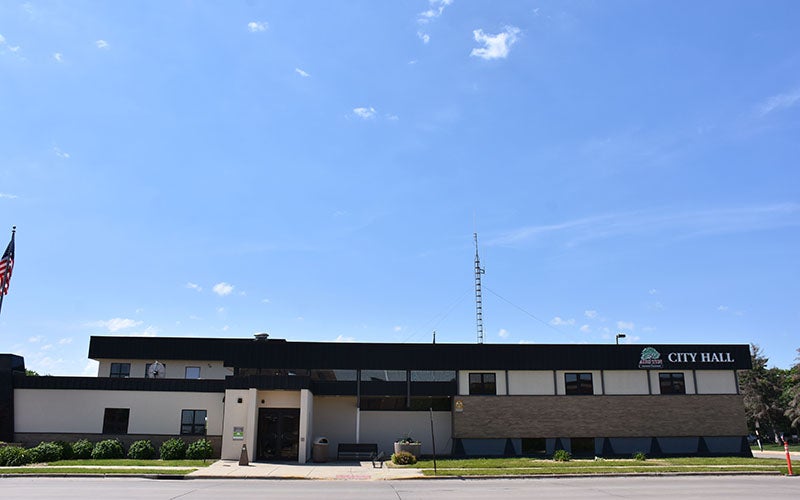Council discusses options for feral cats
Published 10:45 am Tuesday, June 21, 2016
The Austin City Council listened and spoke favorable to options for managing its feral cat populations at its work session Monday night and passed a motion to review a feral cat ordinance and support a spay and neuter program in Austin.
Kelly Rush and Jay Lutz of the Mower County Humane Society told the council about two trap, neuter, release programs the society has worked with previously.
A trap, neuter, release program allows cats to be captured, spayed or neutered and released into the area from which they came, because they know that area best, Rush added.
Those cats will have a tipped ear to signify they are fixed. Over time, the population of feral cats will dwindle. Kittens and tame cats are removed from the colony, fixed and placed into foster homes where they are nurtured until they can be adopted.
“That’s what we’ve been doing to try to reduce the numbers of unwanted [cats],” Rush said. “We raise money for that and we have been putting $5,000 per year into that and in return, the city pound has seen considerably less numbers of cats and unwanted kittens being born.”
It costs the humane society about $5,000 for the spay/neuter clinic at the Austin Veterinarian Clinic, and Rush said in return, the city pound has seen fewer numbers of cats and unwanted kittens being born.
The humane society has hosted that spay/neuter clinic since 2007 where the fee is reduced, Rush added.
“The goal of it was to reduce numbers coming through not only the city pound, but Mower County-wide,” Rush said. “And that first year I believe we did 25 cats. Now we do 200 cats a year just for the feline one.”
The center also sponsors about five or six cats through the Minnesota Spay Neuter Assistance Program (MN SNAP).
Rush said she considers a feral cat to be like a raccoon, bird, deer or other wild animal that people wouldn’t be able to bring into their homes. She relayed Austin Police Capt. David McKichan said the city ordinance states cats are considered owned if someone is feeding or watering them.
She also mentioned some people will trap cats themselves, take them to the vet and have them fixed and then release them using their own money.
Rush said programs like MN SNAP help low-income people spay and neuter cats and dogs. They also have a mobile clinic that travels to different cities every day, according to their website.
The council agreed something had to be done, and Steve King said he liked the idea of the trap, neuter, release program.
Mayor Tom Stiehm said the program sounded positive and the council would review its ordinance to more accurately define feral cats.
Council member Judy Enright encouraged Rush to come back after that and make an additional request. She then made a motion to review the ordinance of owning cats in Austin and to contribute to the spay and neuter program.
The motion passed unanimously.



